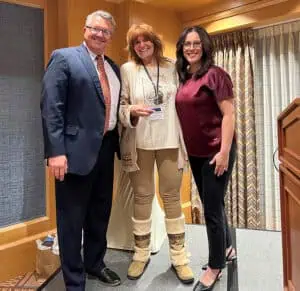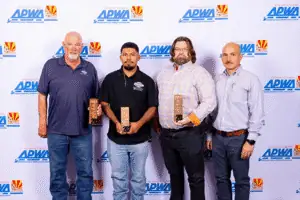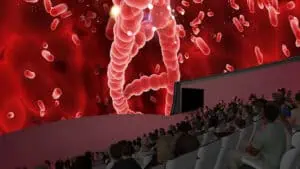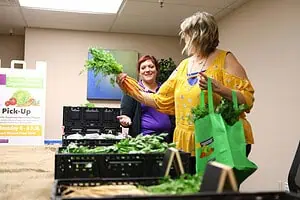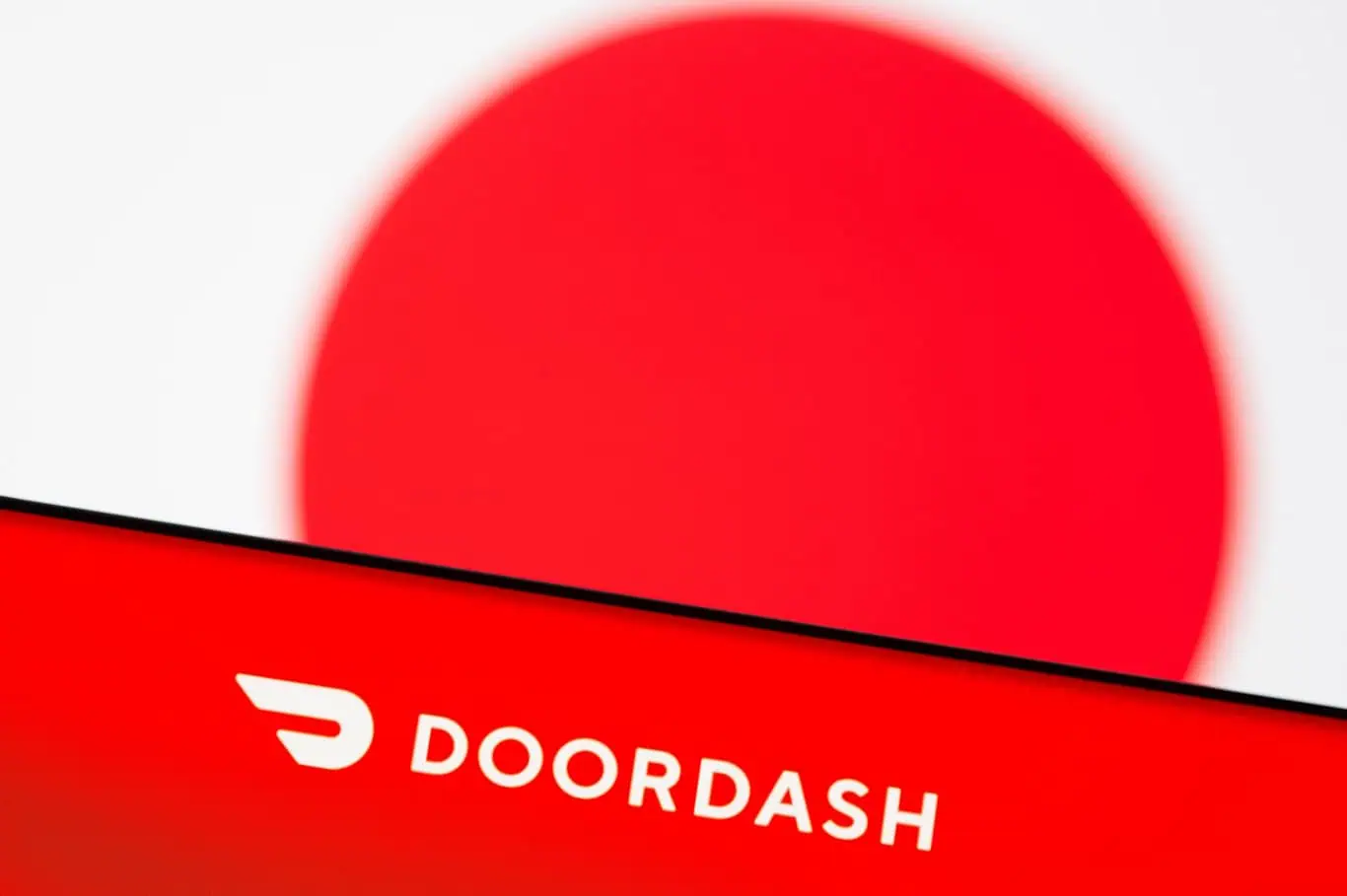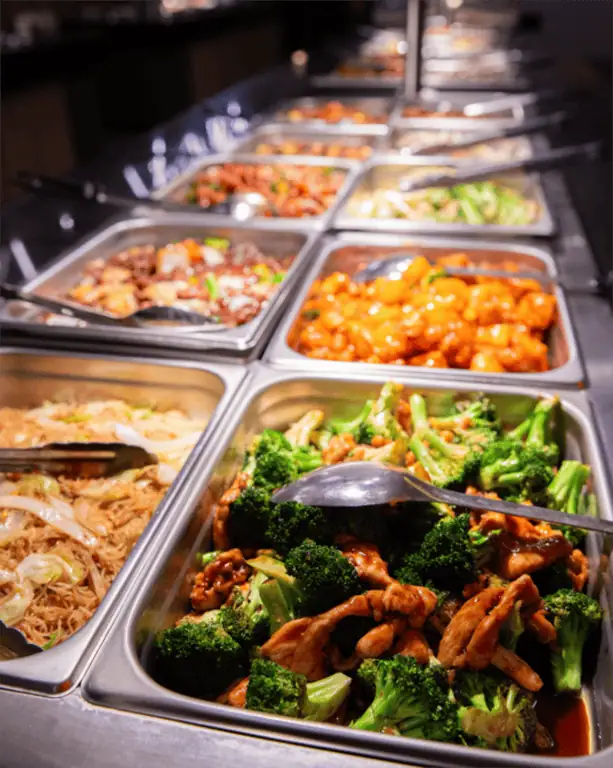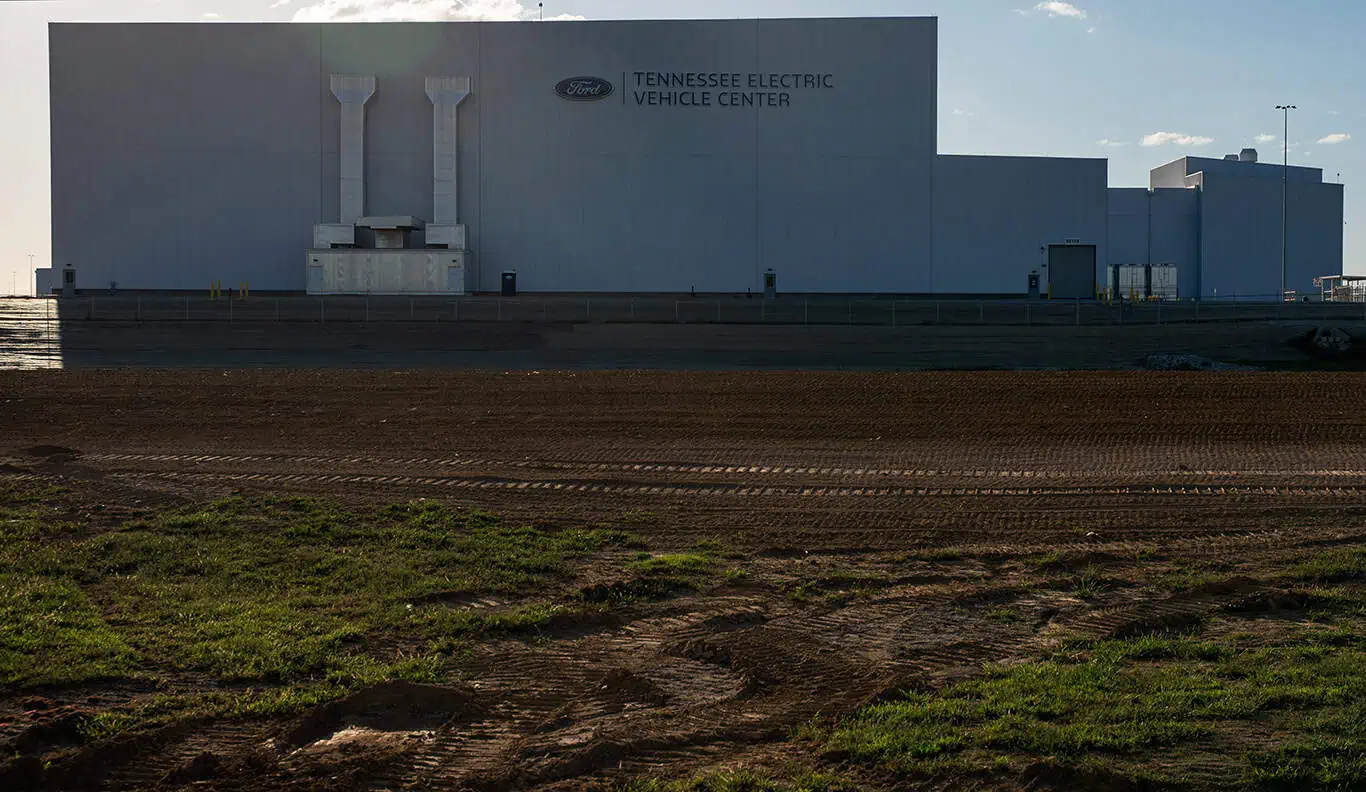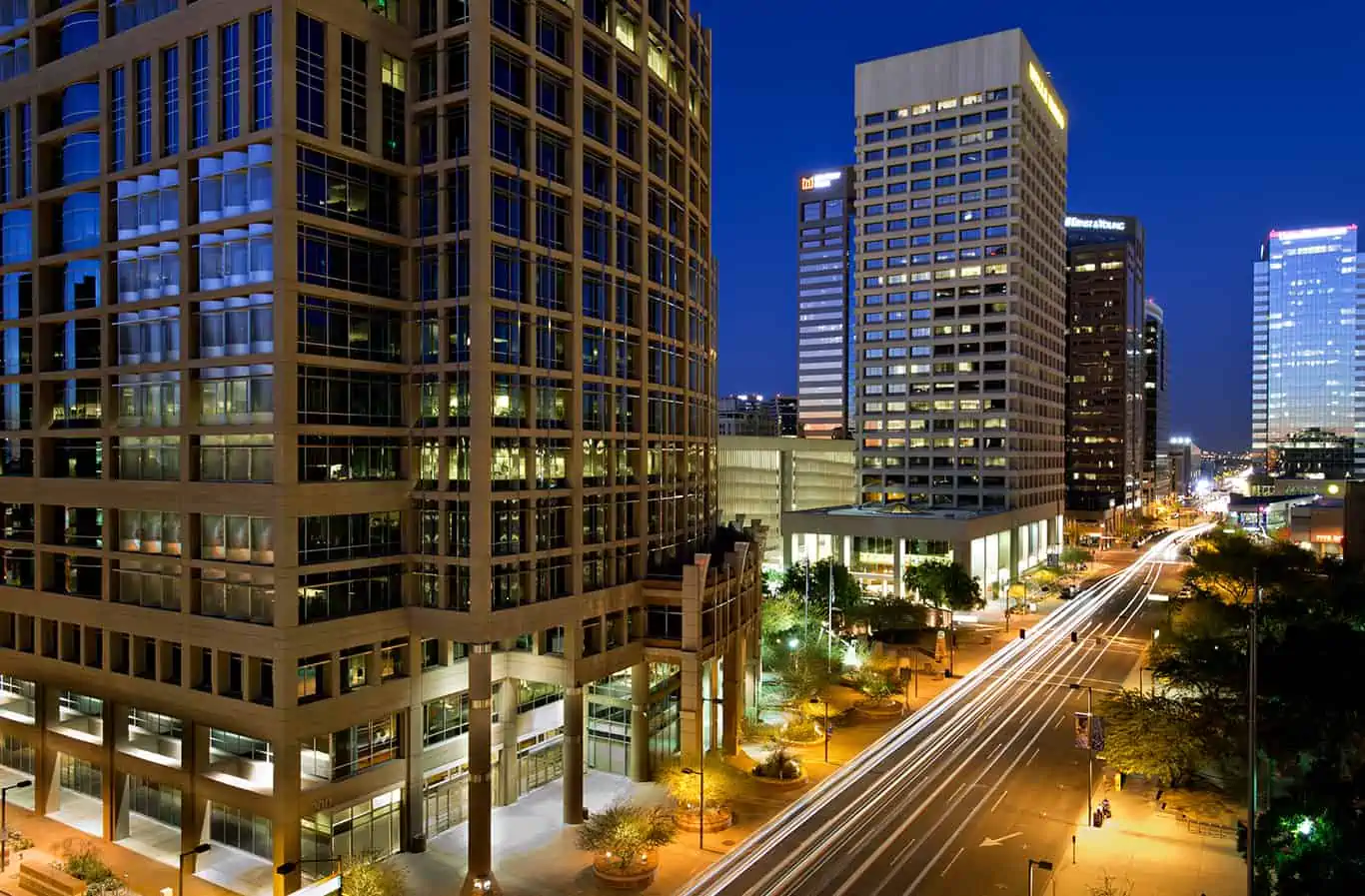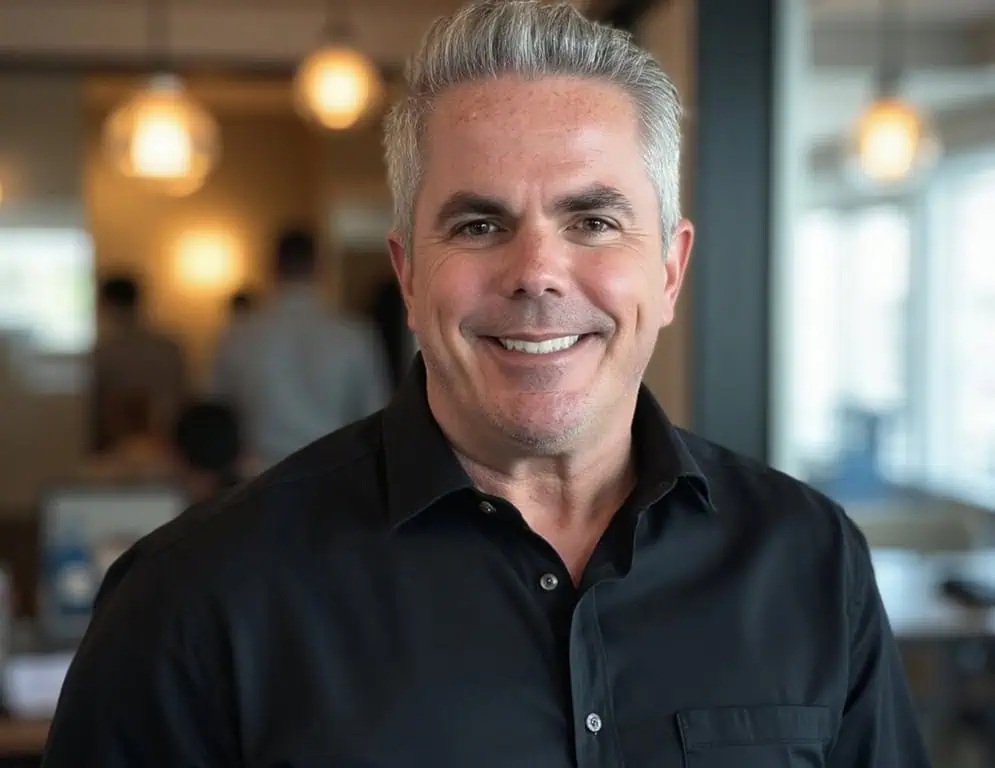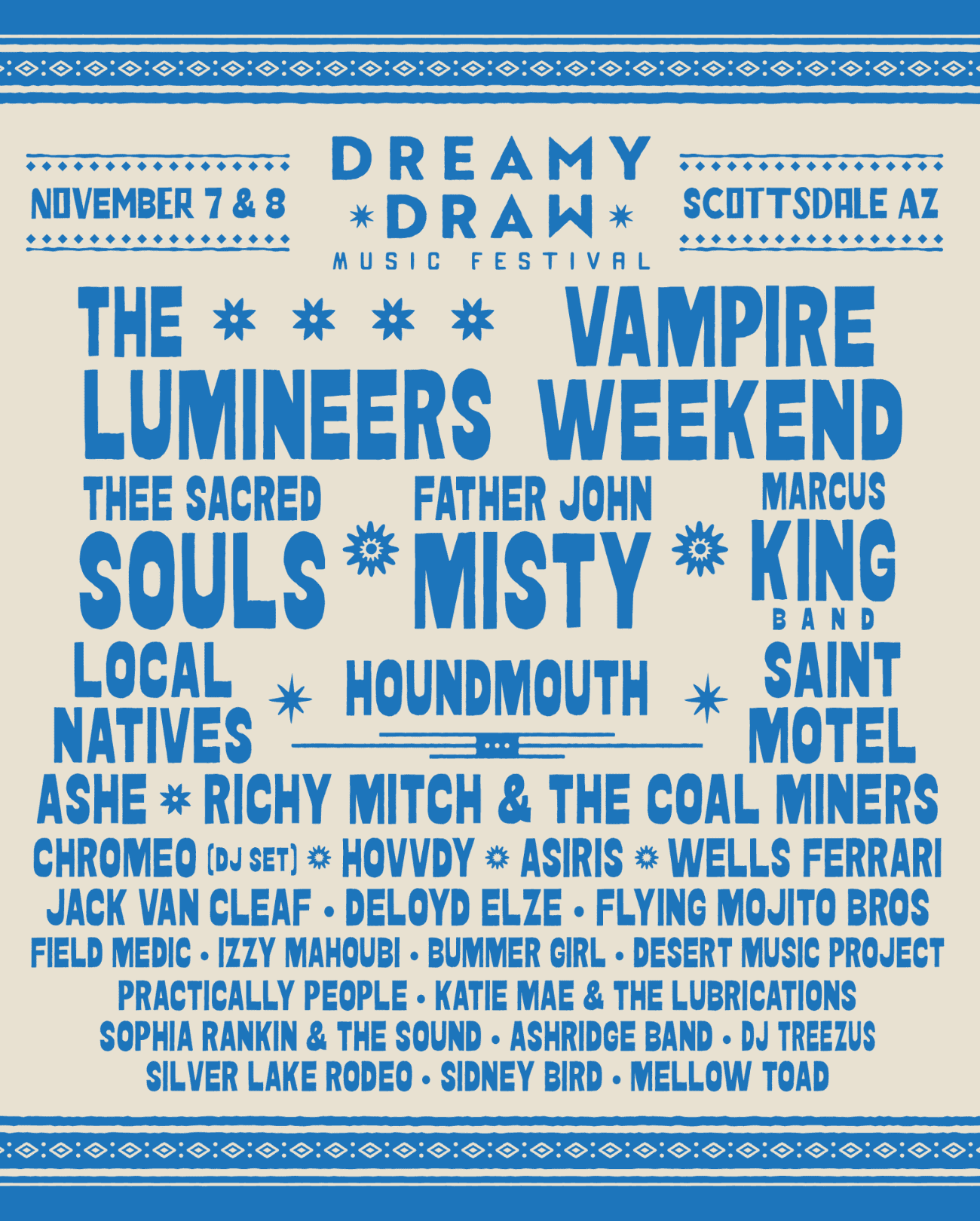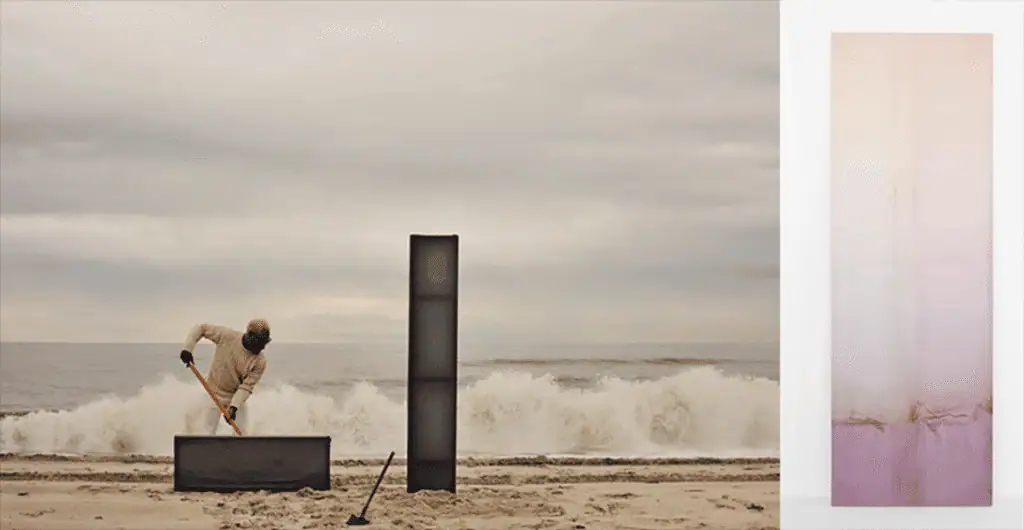
Staff Reports | Happenings & Events
James Perkins creates his art in collaboration with nature, literally burying artworks in the landscape, where the elements — and maybe even a pack of coyotes — alter the outcome of each piece.
Scottsdale Museum of Contemporary Art is bringing the New York-based artist’s “post-totem” works indoors for Mr. Perkins’ first museum exhibition from Sept. 20, 2025, to Feb. 15, 2026.
“James Perkins | Burying Painting” highlights the artist’s approach to nature as a collaborator in his process-based land art: minimalist sculptures made from silk, wood and stone and partially buried outside, where they are exposed to everything from hurricane winds, rain and sea salt to soil, sun and, yes, wildlife.
Mr. Perkins leaves the textile-wrapped structures semi-exposed in the ground for months or years, using the landscape as his painting palette.
Once the outdoor duration is finished, the works are “harvested” from the land and re-stretched onto frames to create painting-like “post-totem” works with shifting color fields and varied textures.
Mr. Perkins said the term “post-totem” refers to his philosophy on totemic structures that denote one’s “tribe,” from how someone dresses to how they speak. The structures reference symbolic objects that express individual and collective identity.
“My post-totem structures are an attempt to find a totem to represent all mankind by inventing a new art-making process and gesture-making with natural materials, in collaboration with nature, which we all share,” Mr. Perkins said.
His philosophy challenges human-nature relationships by symbolically neutralizing systems that disconnect us from the natural world and each other. The SMoCA exhibition will feature floor and wall works shaped by two distinct environments: a beach on Fire Island, New York, near Perkins’ primary studio and the Sonoran Desert at Scottsdale’s Cattle Track Arts Compound.
Traditional land art often involves large-scale industrial interventions in landscapes, but Perkins realized he had something different to say as he found his voice within the movement. He wanted to touch the works with his own hands, not with a crane or bulldozer.
“My works are monumental but not monuments,” he said.
“They are both masculine and feminine. They start outdoors and end indoors. They are both sculptures and paintings. They also don’t try to posit a false sense of permanence. I want to cultivate, embrace and capture the experience of change, aging and the beauty of the ephemeral in both nature and in our lives. The beauty of the works is a result of their resistance against the harsh realities they will face, like us.”
By presenting land-based works and practices indoors, Perkins said they serve as a reminder to get outside and enjoy the best art: nature.
Lauren R. O’Connell, curator of contemporary art at SMoCA, arranged a residency at Cattle Track for Perkins to create works for the exhibition with a local connection.
“It was important to me that the desert itself become a material collaborator in the work,” Ms. O’Connell said. “I was drawn to the idea of bringing James’ practice to the Southwest because of the deep resonance between his methods — ritualistic, durational and process-based — and the region’s legacy of land art and cultural complexity.”
The residency also allowed the artist and curator to test ideas in real time and adapt as nature intervened. Among the unexpected interventions was the participation of a coyote pack.
“They visited the sculptures nightly, ripping and pulling and playing and attacking the materials,” Mr. Perkins said. “It is yet another example of working with nature and the vicissitudes of life.”
Watching how these unpredictable elements altered the silk over time affirmed why the residency model was necessary, Ms. O’Connell said. It opened space for chance, transformation and the organic emergence of works in the exhibition with titles like “Animalistic Love” and ”Savage Love.”
To deepen visitors’ understanding of Perkins’ collaboration with the environment, the exhibition will also include a series of short films capturing the artist’s process within different landscapes. One video from the Cattle Track residency features striking footage of the coyotes interacting with the sculptures.
Other contextual materials, like a creosote plant, placed alongside the artworks will also illustrate the Cattle Track residency’s role in the exhibition.
“Rather than recreating the desert, our aim is to evoke its presence within the space,” Ms. O’Connell said. “Ultimately, the exhibition invites visitors to experience how time, land and natural forces became active agents in the making of the work.”












